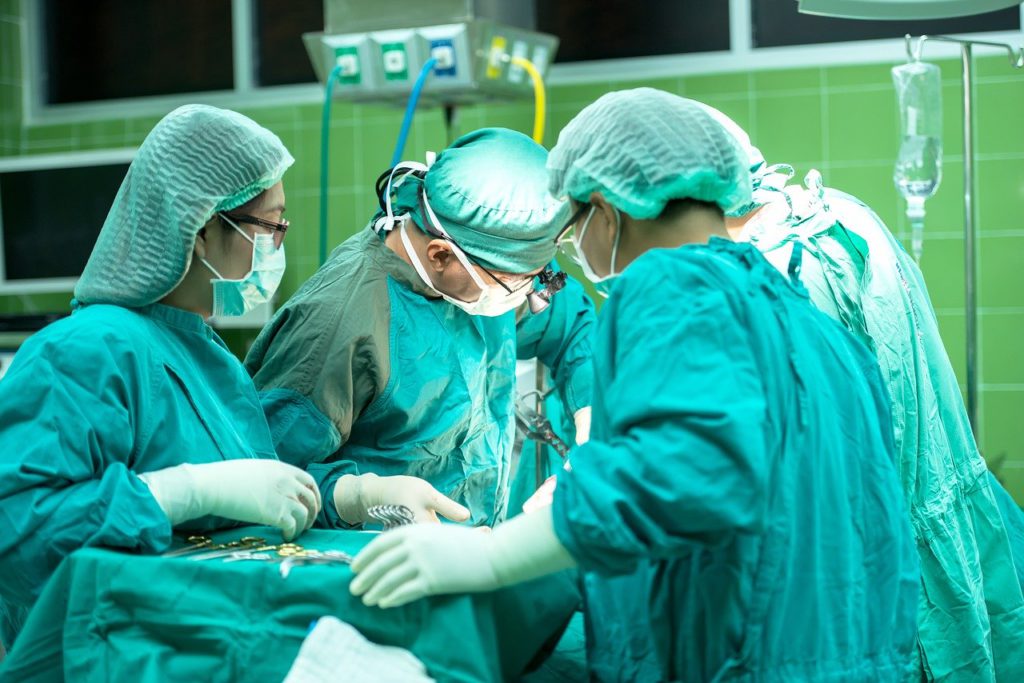Short answer: NO.
Hopefully this will reassure you: 99.5% of shoulder replacement patients do NOT get a blood clot.
When you have a shoulder replacement with me, my goal is to minimize the risks associated with surgery. One of the risks I routinely mention to my patients is VTE, or venous thromboembolic disease, more commonly known as “blood clot.” Surgery combined with inactivity can increase the risk that blood will clot in the legs, or sometimes in arm after shoulder surgery. If that clot travels through the veins to the lungs, it is known as a pulmonary embolus, or PE. Although this complication is rare, it can be very serious and result in death if untreated.
The risk of “blood clot” after shoulder replacement is quite low. A recent review found the rate of symptomatic VTE following shoulder arthroplasty was 0.41%-.51%.
You can reduce your risk with a few simple actions:
- Start walking around the next day at the hospital .
- Do simple exercises to move your ankles and feet while at rest.
- Use compression socks or stockings.
- Use compression devices called SCD’s in the hospital.
- Take a baby aspirin (81 mg) daily to reduce risk.
- Tell your doctor if you have had a blood clot in the past.
I will screen my patients for conditions that increase risk of blood clot, to ensure no additional measures are required. After shoulder replacement surgery, I recommend all of the above methods. I send my patients home on aspirin, unless they have already been on another blood thinner or have a contraindication to aspirin (reason they should not take aspirin). I do not typically use stronger blood thinners, as their use must be balanced against the risk of bleeding complications.
Please be sure to mention if you have a strong history of blood clots after surgery or a medical condition that substantially increases your risk.


12 thoughts on “Blood Clot and Shoulder Replacement: Should I be Worried?”
Comments are closed.